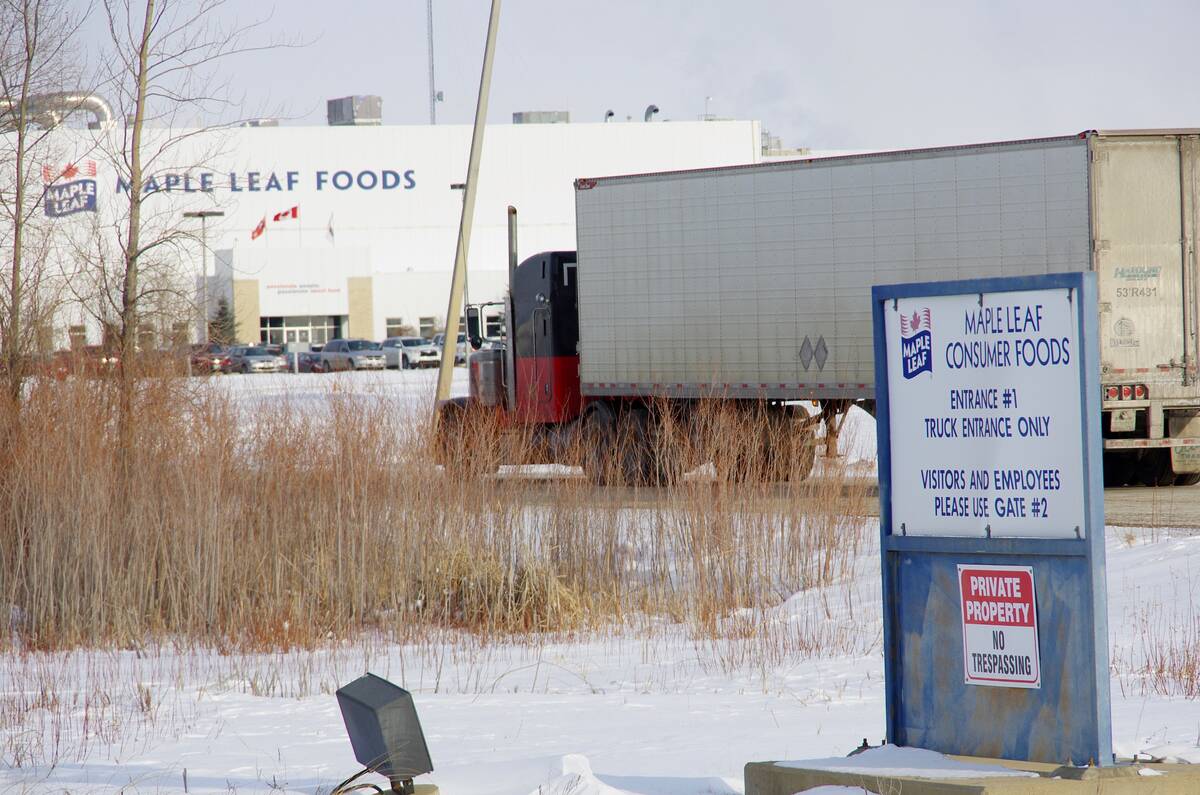The lights may go out in more Canadian beef plants as rising costs, labour shortages and excess slaughter capacity chew away at packer profitability.
Brian Nilsson, co-chief executive officer of XL Foods and Nilsson Bros., said the consequence could be more cattle moving south for slaughter. He gave his assessment of the beef packing sector in Canada at an international livestock congress held in Calgary Oct. 2.
Beef packing is only one of many industries within the manufacturing sector to face future hardship as the dollar strengthens and operating costs rise.
Read Also

Manitoba pork exports gain new market ground
Manitoba’s pork trade pivoted from China over the last five years, while Japan is remains the largest customer and South Korea and Mexico market footholds have grown
“We are going to go through some tremendous problems in Canada over the next five years,” he said.
He anticipates restructuring among American plants as well.
“They are going through the same thing,” he said.
His company owns beef plants in Edmonton, Calgary, Moose Jaw, Sask., Nampa, Idaho, and Omaha, Nebraska.
While many aspects of the business are the same on both sides of the border, Canada and particularly Alberta face a more severe labour crunch. Companies are competing with the oil and construction industries for workers and the meat business cannot match the salaries offered.
“We can’t get labour and the labour we have is not price competitive anymore. There has been some work done from the packer side in Canada where we have all used the foreign worker program,” he said.
Workers are equally productive and mechanization levels are about the same in both countries, but Canadian wages are not competitive with the U.S. and need to be lower, he said.
The industry should have seen this crisis coming, said Art Johnson, president of the United Food and Commercial Workers union that represents staff at Cargill Foods, Olymel and some poultry plants.
Production was increased to compete on the world market but that expansion came at a cost including a worker shortage. The result is transient workers who leave for better offers.
“I understand his frustration in not being able to get workers but lowering wages is not good for the packing industry,” Johnson said.
“They can’t compete with wage rates of the industrial or retail sector,” he said.
He estimates starting wages in a Canadian meat plant are $12 to $14 per hour. The American hourly wage may be lower but employers tend to offer richer benefit packages, whereas in Canada, health care is a public service and is already covered.
While labour issues loom large, Nilsson said there are other expenses including higher costs of services like electricity and construction.
Canada pays extra fees for Canadian Food Inspection Agency inspection. There is also the cost to remove specified risk materials, which totals $20 million a year. The government needs to step up with promised transition funds to help plants implement the regulated changes, said Nilsson.
However, he said the removal of risk materials was the right decision.
“I believe the stance we took was the right stance to eradicate this disease.”
Nilsson argues Canada and the U.S. are examples of how to handle BSE. In the early days industry thought government was not moving fast enough, but co-operation between CFIA and the U.S. Department of Agriculture got trade moving again. Their work can be used as a guideline to open Asian markets.
Still, there are areas where Canada should add more value by providing a range of information like weights, grades and other pertinent market data to sell better beef. That program is not the same as the traceability or age verification databases.
“I am not a proponent of traceability in its current state because I think it is going to cost a bunch of money for something I don’t necessarily see the consumer would pay for,” he said.
Age verification has not saved the industry by providing birth dates to meet the Japanese demand for cattle younger than 21 months. The industry still cannot provide enough for that market because of the seasonality of the cattle business.















